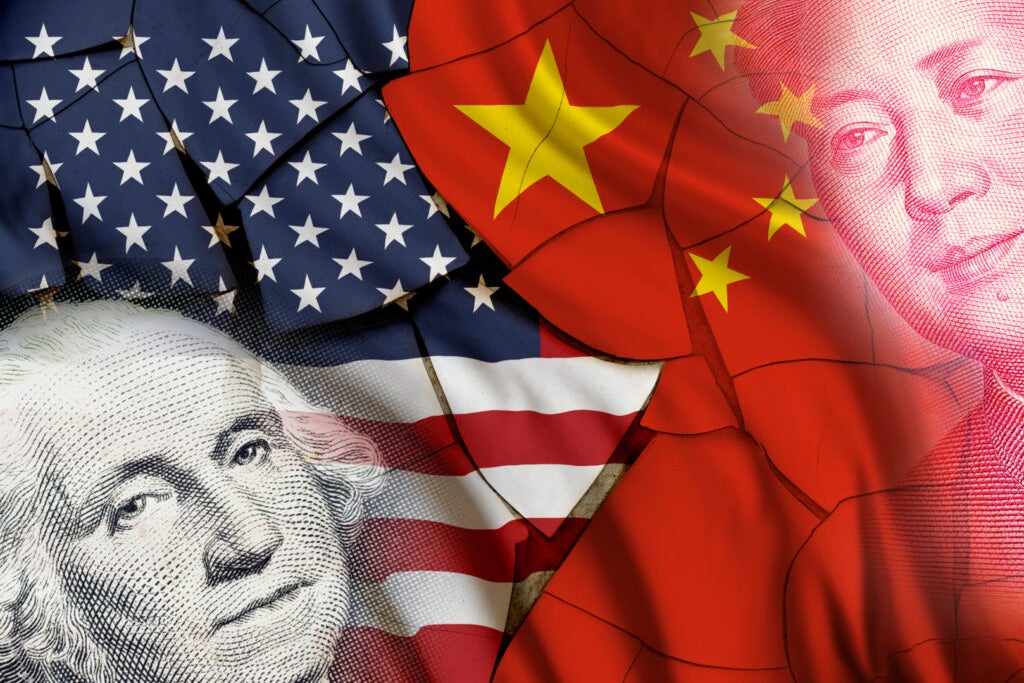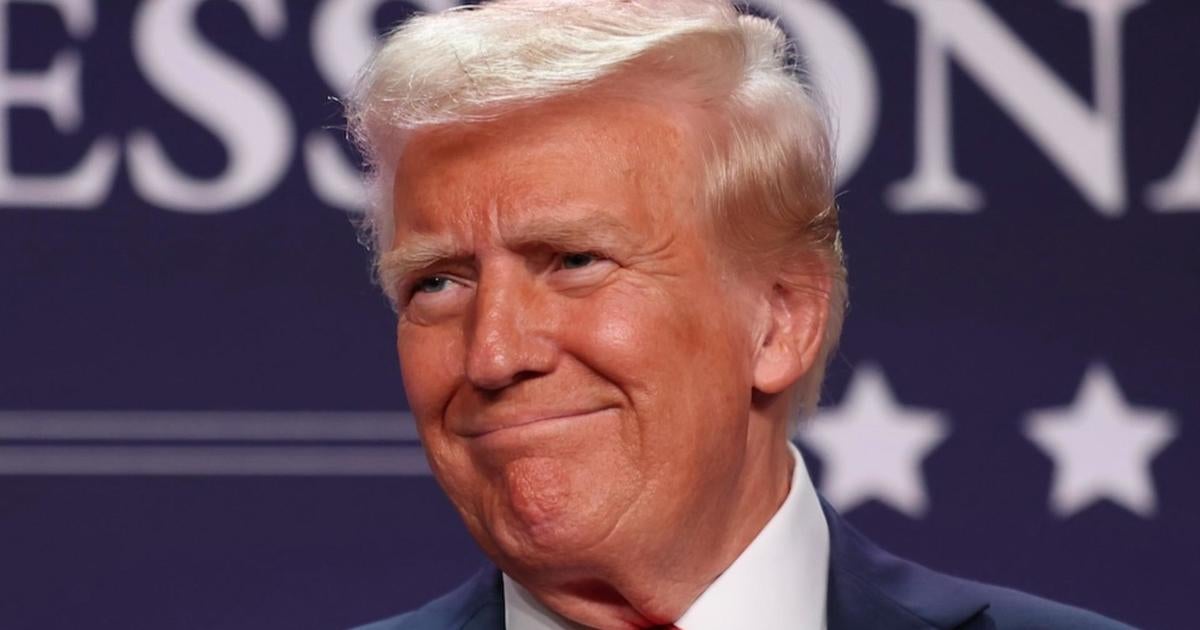China’s Strategic Counter: New Tariffs Challenge U.S. Trade Policies
In a significant escalation of the ongoing trade tensions between the United States and China, the Chinese government has recently announced new tariffs of up to 15% on a range of U.S. imports. This bold move is a direct response to previous levies imposed by the U.S. administration and signals a deepening of the trade war that has been ongoing for several years. As these tariffs take effect, the implications for international trade relations become increasingly complex and warrant a closer examination.
Understanding the New Tariffs
The newly implemented tariffs by China target various goods, including agricultural products, machinery, and electronics. The decision reflects China’s intention to protect its domestic industries while retaliating against the U.S. tariffs that have affected its economy. This countermeasure is not merely a reaction; it is a strategic move designed to leverage China’s position in the global market.
- Affected Goods: Key products subjected to the new tariffs include soybeans, pork, and various technological components.
- Tariff Rates: The tariffs range from 5% to 15%, depending on the product category.
- Expected Impact: Analysts predict that these tariffs will further strain U.S.-China trade relations, potentially leading to increased prices for consumers and businesses in both countries.
The Background of U.S.-China Trade Relations
The relationship between the U.S. and China has been characterized by both cooperation and conflict. Over the past few decades, China has emerged as a global economic powerhouse, becoming the largest trading partner for the U.S. However, this growth has been accompanied by significant trade imbalances and disputes over intellectual property rights, currency manipulation, and market access.
In 2018, the U.S. government, under President Donald Trump, initiated a series of tariffs on Chinese goods, citing unfair trade practices. The intention was to protect American industries and reduce the trade deficit. However, the tariffs sparked a retaliatory response from China, leading to a tit-for-tat escalation that has persisted into the current administration.
China’s Economic Strategy Behind the Tariffs
China’s decision to impose new tariffs is not just a reactionary measure; it is part of a broader economic strategy aimed at strengthening its position in the international arena. By targeting specific U.S. exports, China seeks to exert pressure on American producers, particularly in key sectors such as agriculture, which is vital for many states in the U.S.
Moreover, these tariffs can be seen as a way for China to encourage domestic consumption and shift its economy away from reliance on exports. The Chinese government has been promoting a “dual circulation” strategy, which emphasizes the importance of both domestic and international markets. By imposing tariffs, China aims to stimulate local industries and reduce dependency on foreign goods.
Reactions from the U.S. and Global Markets
The new tariffs have elicited a range of reactions from U.S. officials, businesses, and economists. Many American farmers and manufacturers have expressed concern over the potential for decreased sales and increased costs. The agricultural sector, in particular, has been heavily impacted by previous tariffs, with many farmers struggling to find markets for their products.
Economists warn that these escalating tensions could lead to a further slowdown in global economic growth. The interconnected nature of modern economies means that tariffs can have ripple effects, impacting supply chains and consumer prices worldwide.
Future of U.S.-China Trade Relations
As the trade war continues to evolve, the future of U.S.-China relations remains uncertain. The Biden administration has indicated a willingness to engage in dialogue, seeking a more stable and constructive relationship with China. However, the new tariffs complicate these efforts and pose significant challenges for policymakers.
There are several potential scenarios that could unfold:
- Continued Escalation: If both sides remain entrenched in their positions, further tariffs and trade barriers could be imposed, leading to a prolonged conflict.
- Negotiation and Resolution: A willingness to negotiate could lead to a thawing of tensions, with both sides making concessions to restore trade relations.
- Long-term Structural Changes: The trade war could result in lasting changes to global supply chains, with companies seeking to diversify their sourcing away from China.
Conclusion: A Call for Cooperation
The announcement of new tariffs by China represents a significant strategic counter to U.S. trade policies, adding another layer of complexity to an already fraught relationship. As both countries navigate these turbulent waters, it is crucial for leaders on both sides to prioritize dialogue and cooperation over conflict.
In an increasingly interconnected global economy, the consequences of trade wars extend far beyond national borders. By finding common ground and addressing underlying issues, the U.S. and China can work towards a more stable and prosperous trade relationship that benefits both nations and the world at large.
Ultimately, the path forward will require a commitment to understanding, negotiation, and compromise. As we observe the ongoing developments in U.S.-China trade relations, there remains hope that both nations can move beyond tariffs and toward a more collaborative future.
See more CCTV News Daily



